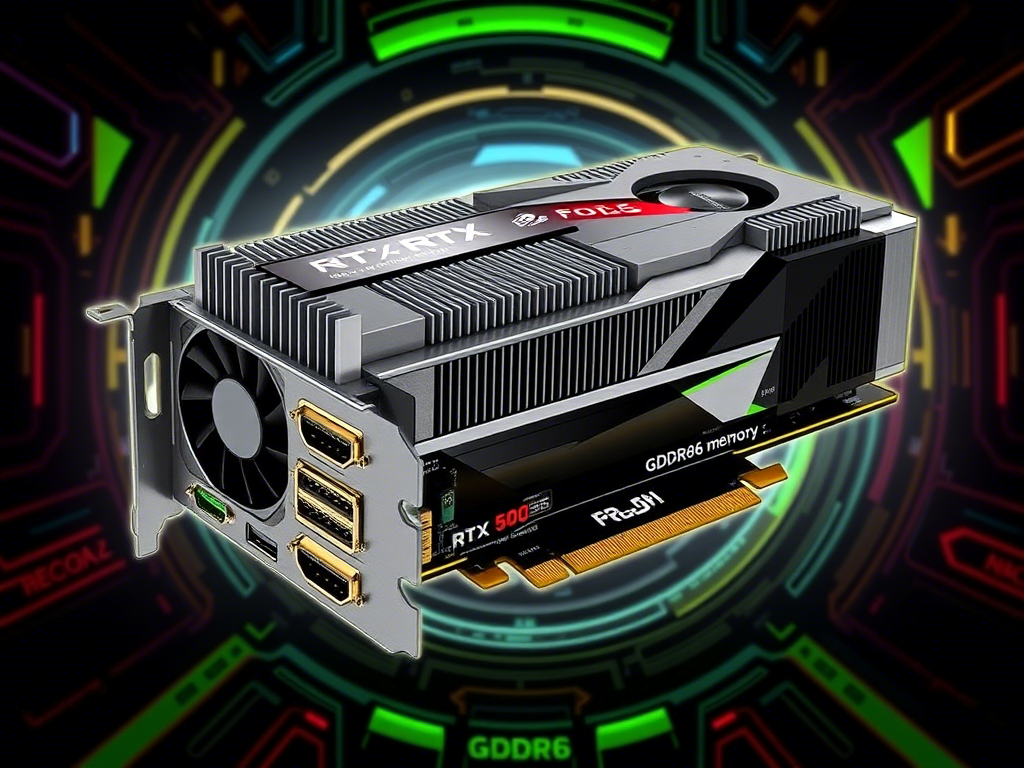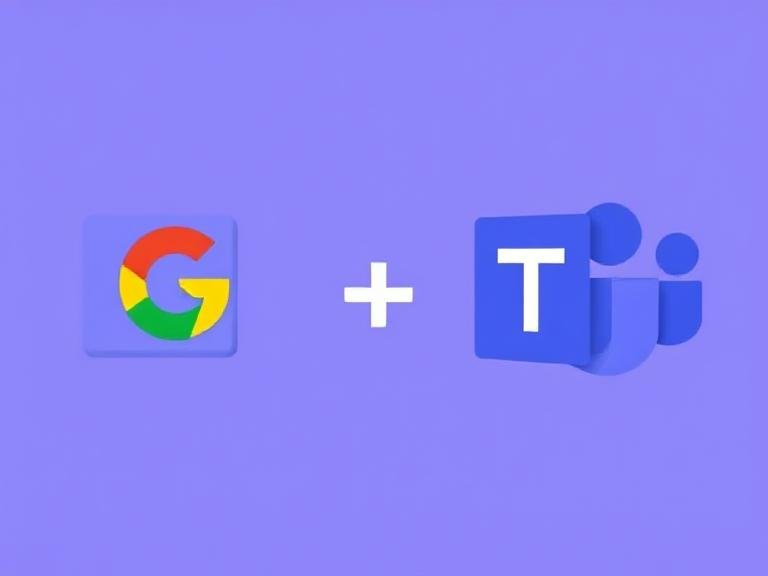Nvidia RTX 5050 Reportedly Skipping GDDR7 — Will Use GDDR6 Instead

Nvidia RTX 5050 Reportedly Skipping GDDR7 — Will Use GDDR6 Instead
Persistent rumors have now been confirmed: the upcoming Nvidia GeForce RTX 5050 will not feature next-gen GDDR7 or even GDDR6X memory. Instead, the entry-level Ampere successor is expected to use tried-and-tested GDDR6 , supplied by Samsung and SK hynix , according to reports from Benchlife.info and confirmed by Nvidia’s AIB (Add-in Board) partners.
This decision aligns with industry expectations that lower-tier GPUs in the RTX 50 series would prioritize cost-effectiveness over cutting-edge specs. While GDDR7 promises higher bandwidth and better efficiency, it’s still ramping up in production and remains expensive — making it less ideal for budget-focused graphics cards like the RTX 5050.
By sticking with GDDR6, Nvidia benefits from a mature, widely available memory solution that’s already being produced at scale by multiple manufacturers. This choice should help reduce manufacturing costs and ease potential supply chain constraints, especially during the early stages of the GPU’s rollout.
Why Two Suppliers Are Better Than One
Having both Samsung and SK hynix onboard as memory providers gives Nvidia more flexibility in managing component availability. If one supplier faces delays or production issues, Nvidia can shift demand to the other, ensuring smoother inventory flow and reducing the risk of shortages.
This dual-sourcing strategy isn’t just about redundancy — it also increases the total volume of GDDR6 chips available for the RTX 5050, improving scalability and helping maintain consistent production output across different board partner models.
While enthusiasts may have hoped for GDDR7 in the next-gen lineup, the move to stick with GDDR6 for the RTX 5050 makes strategic sense — balancing performance, cost, and reliability in the competitive mid-range GPU market.
While it’s now confirmed that the Nvidia GeForce RTX 5050 will use GDDR6 memory instead of faster GDDR7 or GDDR6X, one key detail remains uncertain: the actual speed (data rate) of the memory modules .
GDDR6 has been in use for several years, and during that time, multiple performance tiers have emerged. These range from 12 Gbps all the way up to 20 Gbps , with recent graphics cards like the RTX 4070 and AMD Radeon RX 9070 series making use of the fastest 20 Gbps variant.
For the RTX 5050, Nvidia could choose any speed within this range. However, given recent trends, a 16 Gbps or 18 Gbps configuration seems most likely. If the card ends up using 18 Gbps GDDR6 across its 128-bit bus , that would result in 288 GB/s of memory bandwidth — significantly less than the RTX 5060 , which is expected to offer around 448 GB/s .
RTX 5050 Specs Leak: What We Know So Far
Rumors suggest the RTX 5050 will come equipped with:
- 2,560 CUDA cores
- 20 Streaming Multiprocessors (SMs)
- 8GB of GDDR6 memory
- 130W TDP
- Full GB207 die utilization
This puts it as the entry-level model in Nvidia’s upcoming Blackwell lineup. While not groundbreaking on paper, it should still offer a solid jump in performance over the previous-gen RTX 4050 and 4060 , especially if paired with high-speed GDDR6.
Could a GDDR7 Version Be Coming Later?
Just because the RTX 5050 is launching with GDDR6 doesn’t mean a GDDR7 version won’t follow. In fact, history suggests otherwise.
Nvidia has previously released multiple variants of its xx50-class GPUs with different memory technologies. The GTX 1650 , for example, launched with GDDR5 at 8 Gbps , then later received a GDDR6 upgrade at 12 Gbps , along with various silicon revisions.
Additionally, rumors indicate that the laptop version of the RTX 5050 might already be using GDDR7 , increasing the likelihood that a desktop GDDR7 variant could arrive later — potentially as part of Nvidia’s RTX 50 Super refresh .
If such a refresh includes the RTX 5050, the RTX 5050 Super could feature:
- 12GB of GDDR7 memory
- 3GB GDDR7 ICs
- Data rates approaching 28 Gbps
This would bring the entry-level GPU closer to mid-tier performance levels and further extend its lifespan in the market.
Final Thoughts
The decision to launch the RTX 5050 with GDDR6 rather than GDDR7 appears to be a strategic move by Nvidia — balancing cost, availability, and performance. However, with past product cycles showing a clear pattern of mid-life upgrades, it wouldn’t be surprising to see a faster, GDDR7-equipped version hit the market in the future.





